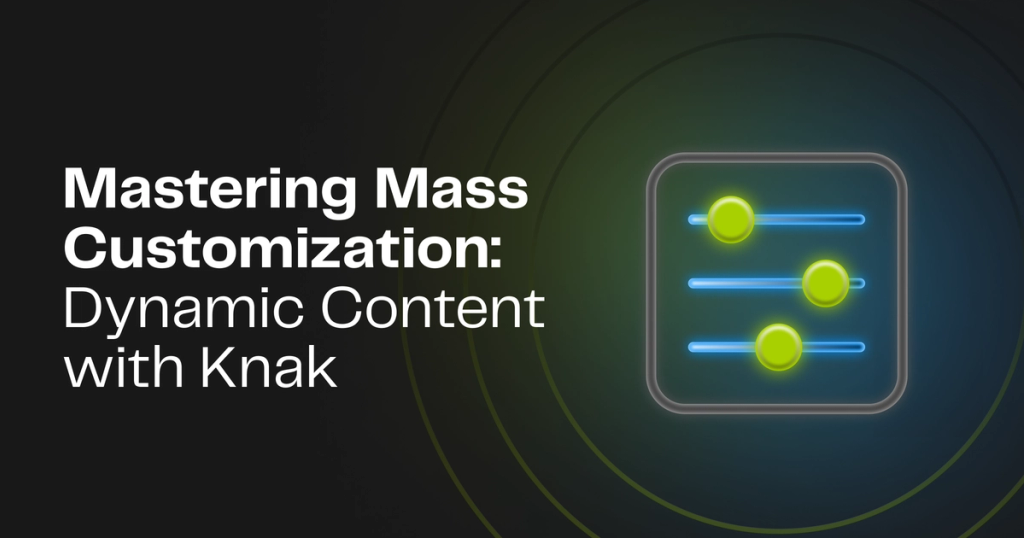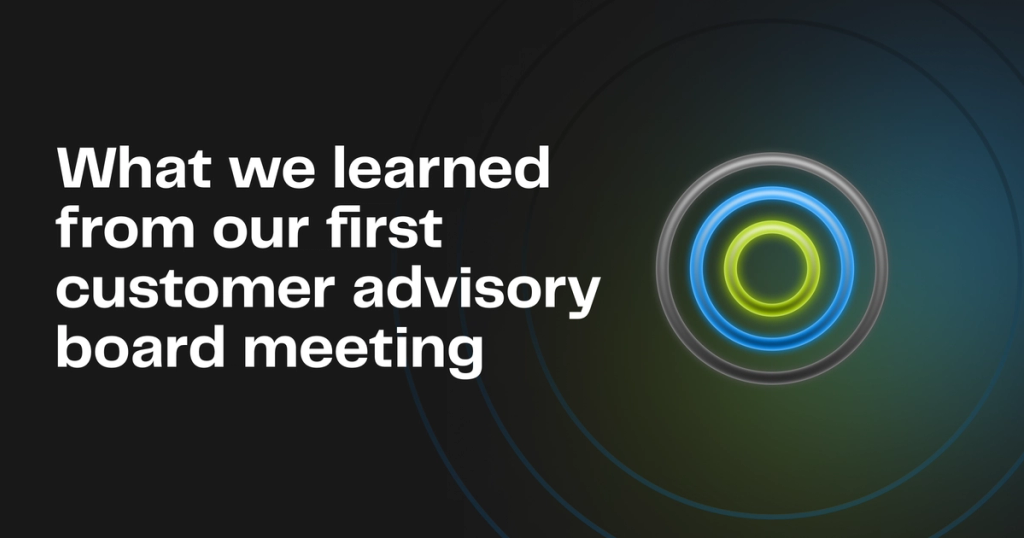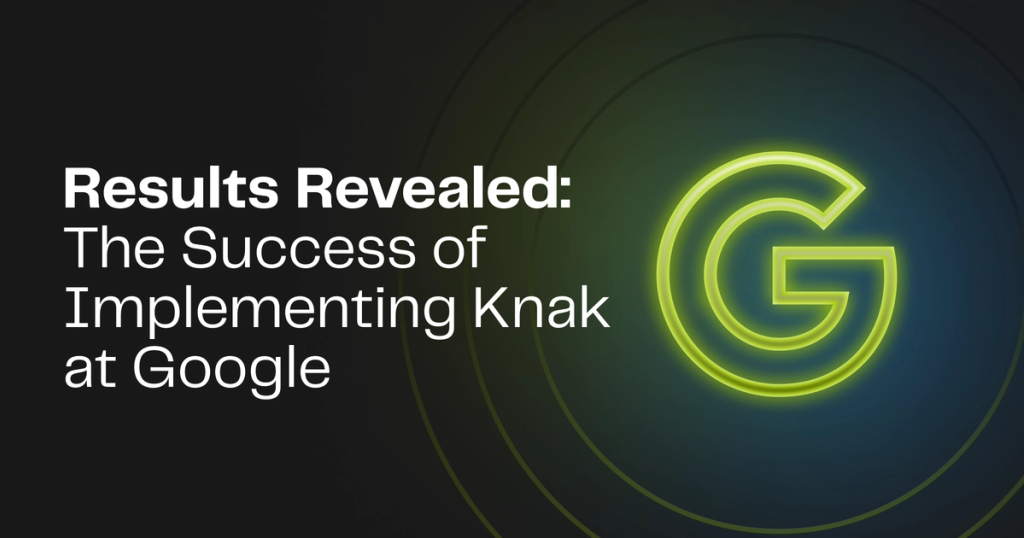Creating a well-oiled marketing machine — that’s the ultimate goal of marketing operations in any enterprise organization. But, the reality is that some days it feels like you’re just trying to get the machine to turn on. Other days, it’s like you’re trying to keep the wheels from falling off.
Approvals take forever. Reporting isn’t transparent. Content creation and design teams are backlogged by weeks. Different teams are using different, incongruent tools. Even budgets are established by a committee. All of this can make for processes that move at a snail’s pace. And you, the humble marketing ops person, find yourself in the middle of it all, making the pieces work together, and doing a LOT of manual work and hand-holding to get things off the ground and out the door.
It’s not that the people in these roles are bad or slow at what they do — very much the opposite. It’s that processes and tools get in the way of the work. So, projects that could, in theory, take a week to go from idea to execution, end up taking much, much longer.
This is where a self-serve model can have enormous benefits. By enabling different teams to do much of the work that marketing operations usually handles (and gets bogged down by), you’ll unlock a number of different efficiencies — including smarter processes, lower costs, higher output, and even improved morale.
Perhaps more importantly, it’s going to make your job as a marketing ops professional MUCH easier. You don’t want to have to chase stakeholders for approvals at every step of production. You don’t want to have to stop what you’re doing 13 times a day to make small adjustments to campaigns. You just want the darn thing approved and out the door.
In this article, we’re going to explore the benefits of a self-serve model and provide insights on how to move towards it. You’ll come away with some strong arguments for implementing the model and get strategic guidance on how to do it.
First, what is “self-serve”
Before we dive in, a definition is in order. In marketing operations, the self-serve model empowers your team to handle many of the tasks that impact their campaigns (and results) that you would normally do. It entails putting the tools and processes in place to make that not just possible, but easy for them.
The benefits of a self-serve model in marketing
Faster (and smoother) workflows
It’s pretty simple: Things get done faster when the people directly responsible for those things are empowered to do them. If a team member has the means to make changes to (or even create) their own campaigns, that eliminates the need for lengthy back-and-forth approval cycles or relying on designers and/or MOPs to execute on small or routine tasks.
Cost-efficiency
Implementing the right technology can significantly reduce the amount of manual work required from teams, and often, the budget that would be spent on multiple expensive single-use tools.
The result is something of a knock-on effect; less time spent on low-value manual tasks (like editing code in Marketo) means more time spent on higher value projects that generate revenue (like building a more transparent reporting process). Furthermore, reducing spending on technology means that the budget can be strategically allocated to other priorities.
Agility
Empowering professionals to do what they do best usually means that pivots are fast and painless. Independence means quick adjustments to marketing strategies, tactics, and assets based on real-time data.
For example, let’s say a campaign promoting an industry event has been created and published. But, the speakers haven’t been finalized. Traditionally, making changes requires putting in a request for updating all associated assets. That could take days to implement. In a self-serve environment, those assets can be updated by the stakeholder immediately with new, confirmed speakers. This level of adaptability is a valuable asset in a world that changes quickly.
Higher morale
Giving your team to take ownership of their work fosters a sense of responsibility and accomplishment that contributes to overall job satisfaction. It also allows teams to more closely connect the work they’re doing with the results they’re achieving. And because they’re doing it faster and more efficiently, they’re more likely to meet or exceed their objectives.
From a MOPs point of view, it’s a lot easier (and more fun) to review the cool campaigns your team has created than struggle through a review process that involves execs you didn’t even know work at your company.
Data-driven decision-making
Data is the best driver of insight and identifier of success. Data gives you a ton of important information like, what works, what doesn’t, and how well you’re performing. It allows you to validate the decisions that you make, and again allows you to make smarter decisions going forward.
How to transition to a self-serve model in your organization
Admittedly, moving to a self-serve marketing operations model doesn’t happen overnight. It requires thoughtful planning, communication, collaboration, and even phased implementation. Here we’ll outline the high-level steps involved with transitioning to self-serve.
Assessment and planning
Begin by carefully examining current processes to identify areas for improvement. There will be a number of places where optimizing the process will be immediately obvious. And then there will be other areas where it’s not so obvious. We highly recommend interviewing team members individually to uncover pain points in their day-to-day work that you may not have visibility into.
With the gaps in process identified, it’s time to establish your roadmap to self-serve. Make note of what can or should be addressed, and when. Establish timelines with clear goals to keep you on track.
For example: You may have noticed that the design and content teams are using two different project management platforms. This prevents one team from understanding the dependencies of the other. So, moving both teams to the same platform can provide more visibility into the various stages of the project, which reduces the backlog and gets things to market faster. It’s an easy win that’s pretty simple to implement.
However, you may also notice that feedback and approval of assets is being provided by different stakeholders across different documents or platforms and at different times. The result is a lack of transparency and back-and-forth. This may require more strategic thinking on how to consolidate the process in a way that makes it more efficient and easy for everyone.
Evaluate tooling
Once you’ve assessed your entire process and identified the gaps in it, you’ll probably notice that some of the gaps that create bottlenecks are within the platforms that you’re using.
It might be a tool or platform doesn’t have all the functionality your team needs, so they’re using a number of different tools to get a specific — often minor — task completed. These scenarios are usually the result of stop-gap fixes that happen over time. And before you know it, your teams are working within a less-than-efficient ‘Franken-stack’ that’s likely costing thousands of dollars more than a more-streamlined solution.
For example, when creating email campaigns, you or your team are likely using three different tools to build, test, and collaborate on the assets. In addition to creating a lot of needless extra work and context switching, you could use a campaign creation platform that lets you complete these three (important) tasks in one place, and by one person (if need be).
One important thing to keep in mind when evaluating your current stack and procuring new technology: make sure everything plays nice together. Seamless integrations are no longer a nice-to-have. They’re an absolute must.
Training and adoption
The key to the successful implementation of a self-serve model is ensuring that those working within it have the training required to use the tools effectively. Team members not only need to know how to use new tools and operate within new processes, they need to understand the benefits of doing so.
For example, a field marketer may wonder why they need to know how to use software that allows them to build their own landing pages when they’ve always relied on creative teams and marketing operations to complete those for them.
By being able to create those pages themselves, they streamline their own process and drastically reduce their time to market. That, in turn, helps them achieve their goals more easily. And it frees up the teams they would typically depend on for these assets to focus on other things.
Have a strategy in place to pre-empt these objections and ensure the benefits of moving to self-serve are obvious for all team members and stakeholders.
Create documentation
If training is the first step to successful implementation of self-serve, then creating documentation is the next step to ensure your implementation sticks. Create a centralized repository of information about the tools and processes you’re implementing and ensure everyone on your team has access to it.
Within it, keep comprehensive guides and documentation outlining best practices and standard operating procedures. Update these regularly to reflect any new process or tool that’s introduced.
Implement in phases
Take a gradual approach to implementation. Start with less complex tasks, and onboard your team as needed. As team members become familiar with the new processes, progressively introduce more sophisticated functions and processes.
Going with a gradual approach will work well in two ways. The first is that team members aren’t overwhelmed by new information that they can’t retain. The second is simply that you do not want implementation to negatively impact current projects.
There’s no firm guideline on how long implementation takes. It really depends on your team size, structure, and the processes you already have in place. But, give yourself more time than you think you’ll need. Create regular check-ins so you can guide the process. Make yourself available to answer questions. And be flexible with how things roll out.
Is moving to self-serve worth it?
That’s the million dollar question. You may already have processes and tools in place that work for you. Sure, they’re not perfect. But, they get the job done. As a marketing operations professional, these tools and processes may require a lot of repetitive manual work (like coding in Marketo for small design changes), but they also provide you with more control over ensuring that the end product is perfect. Plus, moving to self-serve may seem like a gargantuan task on top of your already busy schedule.
But, if you look at the bigger picture over time, there is a tremendous cost associated with not moving to self-serve. It hampers resources, it slows projects down, and it costs more. Perhaps most importantly, it takes your attention away from the larger strategic facets of your job that add real value to the organization and it puts it on small, less-impactful, day-to-day tasks that could, realistically, be handled by someone else. And, thinking towards the future, how will the processes you have in place hold up as your team scales?
Transitioning to a self-serve model in marketing operations is like unlocking superpowers for your team. It not only propels them toward greater efficiency but also positions the entire organization for success in an ever-changing marketing landscape. It’s not just a shift in processes, it’s a strategic move towards a more agile, empowered, and results-driven marketing future.
The pitch
Knak is a campaign creation platform that facilitates a smarter, self-serve way of working. The no-code builder lets anyone in marketing easily create on-brand email and landing page assets they need for their campaign. Everything from dynamic content to localization is completely simplified and streamlined. And it integrates with all major marketing automation platforms including Marketo, Pardot, Eloqua, and others — so all you have to do is press send. You can watch a demo here.









